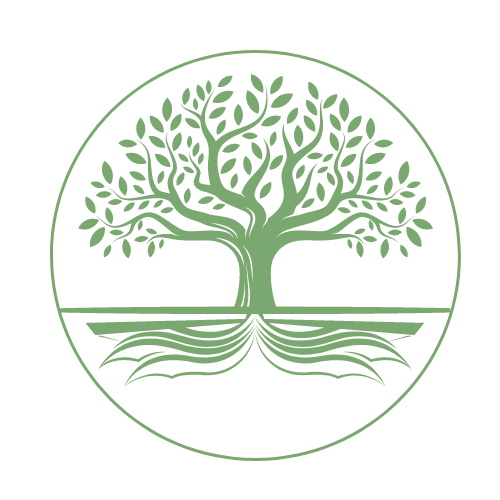No matter the time of year, Laxey Glen is always incredibly beautiful and full of interest for the artist or natural historian. This glen has a rich history of ownership and cultivation, so there’s an interesting mix of tree species and a number of man-made structures such as paths, bridges and steps, as well as the modern debris catcher, which stands like an art installation in the river. I was walking in the glen last weekend and took several photos of the gorgeous moss-covered trees, ferns and fungi. These led to some ink sketches and colouring experiments with Derwent Graphitint pencils. Read on if you’d like to find out more.

I visit Laxey Glen often, mainly because it’s so beautiful, but also because it’s easily accessible from the centre of Laxey village and it offers its own parking area and toilets. The gradient of the main path is also very slight, so even when I don’t feel very energetic it’s a very leg-friendly walking spot. I’m always amazed by how the glen varies through the year. In the summer, there are often many dry areas of pebble visible in the river and the thick beech canopy blocks out most of the sky. In the autumn, the air is filled with dropping leaves and the ground is a carpet of rich, brown leaves and beech nuts. When I visited last weekend, the river was a fast-flowing rush of water, with only the larger boulders in view. The sky was highly visible through the bare winter branches and you could really appreciate their curving forms and velvet-like moss coating. I was very happy to find several species of fungi on the various rotting logs and tree stumps including some bracket fungus that itself had a covering of moss. In fact, moss seemed to be covering vast areas of the glen, with trees and some walls almost completely covered.












When I reviewed my photos, I was immediately struck by the many textures and colours to be found in one of the photos of a bracket fungus. I decided to sketch this in black ink and then to pick out some of the colours using Graphitint pencils. These are available from Derwent in sets of 12 or 24 and can also be purchased open stock. I love the muted colours in the set of 12, plus one colour that I bought individually, and as they’re water-soluble, I felt they’d be very well suited for the subtle colouring that I was after.
In order to choose the colours that I wanted to use, I first swatched the colours out and thought this would be useful to add here, for anyone thinking of giving them a try:

The Autumn Brown pencil is the one not in the set of 12, but it is a useful addition to the other colours. The only thing I felt I was missing, was a yellow ochre colour and looking at the full range of 24 colours, I see that there really aren’t many yellow options. Meadow and Sage look like they could work together to give me the colour I’m missing, so I’ll buy these open stock and see how they do.
Below is the photo that I chose to draw, the initial ink sketch and finally with the addition of Graphitint. I’ve added a video of the colouring process, although it wouldn’t upload as high quality to this website. A better quality version is available on the Isle of Man Nature Journal Facebook and Instagram pages.



Here are a couple of other quick sketches from the photos, using ink and Graphitint.




Leave a Reply